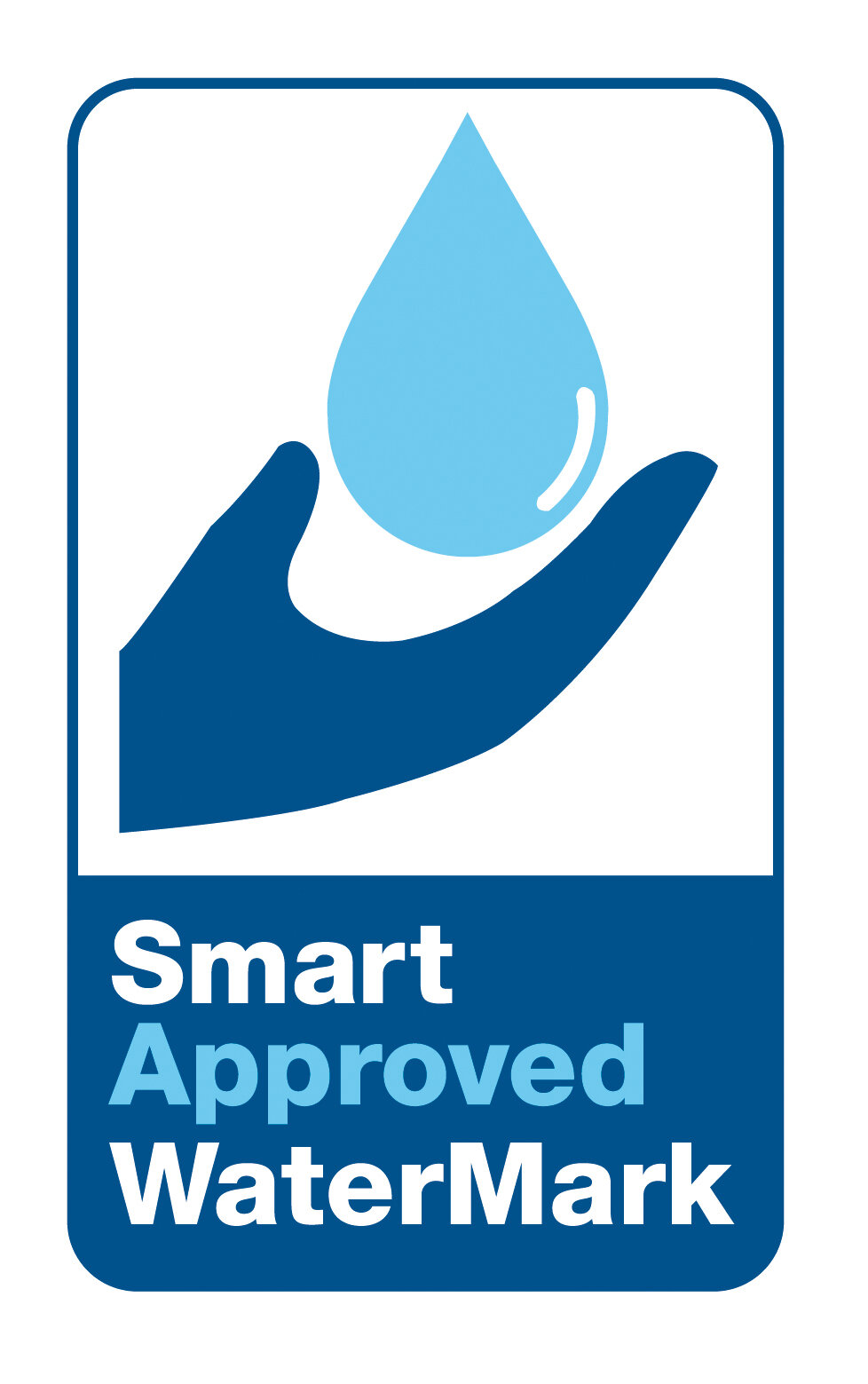Initial Benefits. A building owner or facility manager will find several early benefits to installing waterless urinals. One of the first is cost savings and it starts as soon as the urinal is installed. Waterless urinals do not have flush handles, sensory systems, or require the plumbing, piping, and incoming water lines necessary to bring water to the unit. These are often what cost the most when installing conventional urinals.
Plumbing Issues. Waterless urinals rarely require plumbing repairs. That's why you see some busy bars and restaurants have already switched to waterless urinals. The manager of one popular restaurant told me that after a busy Saturday night, it was common for at least one of the restaurant’s conventional urinals to be broken or clogged with debris. With waterless urinals, this rarely happens. Remember, there's no water used with a waterless urinal.
Cleaning: Many cleaning professionals find waterless urinals easier to clean and maintain than conventional urinals. In most cases, a waterless urinal is cleaned using an all-purpose cleaning solution, disinfectant if necessary, and cleaning cloth.
Because there is no water, water and rust deposits do not develop, so scrubbing is rarely necessary. And because the interior of the unit stays dry, bacteria, germs, and other contaminants rarely develop. This is more hygienic and helps protect indoor air quality because fewer germs become airborne, as we learned from the pandemic.
How to select a no-water urinal. Due diligence is required when selecting a waterless urinal. Although they look and work in similar ways, there are differences that, if overlooked, can undermine water savings and anticipated cost savings. For example, the trap/cylinders found in some models may require more frequent changing than with others, and, in some models, these trap/cylinders can be costly—as much as US$50 each. With other models, the trap/cylinder can last much longer and cost as little as $10 per unit.
How they work The way waterless urinals work is quite simple. Instead of using water to flush away urine, gravity drains the urine into a trap cylinder that sits atop the drain area of the urinal. The trap/cylinder is filled with a thin layer of liquid sealant, which must be re-filled a few times per year. This is a quick and easy procedure. As the urine passes through the trap/cylinder and sealant, which prevents odors from being released into the air, the urine overflows into a conventional drainpipe, much the same way a traditional urinal works.
Eventually, the trap/cylinder unit needs to be replaced. Remember what we said earlier. On some models, these units are costly. On others, very inexpensive.
Industry trends. Every couple of years, studies about the waterless industry indicate the market’s continued growth. Historically, I treated these reports as interesting. However, today, I pay much closer attention to them. Why? Droughts in the United States and the increased focus on sustainability around the globe have generated much more interest in waterless urinals. I see this continuing.
Klaus Reichardt is CEO and founder of Waterless Co, Inc, pioneers in advancing water efficiency. Reichardt founded the company in 1991 to establish a new market segment in the plumbing fixture industry with water efficiency in mind. Reichardt is a frequent writer and presenter, discussing water conservation issues. He can be reached at klaus@waterless.com.










